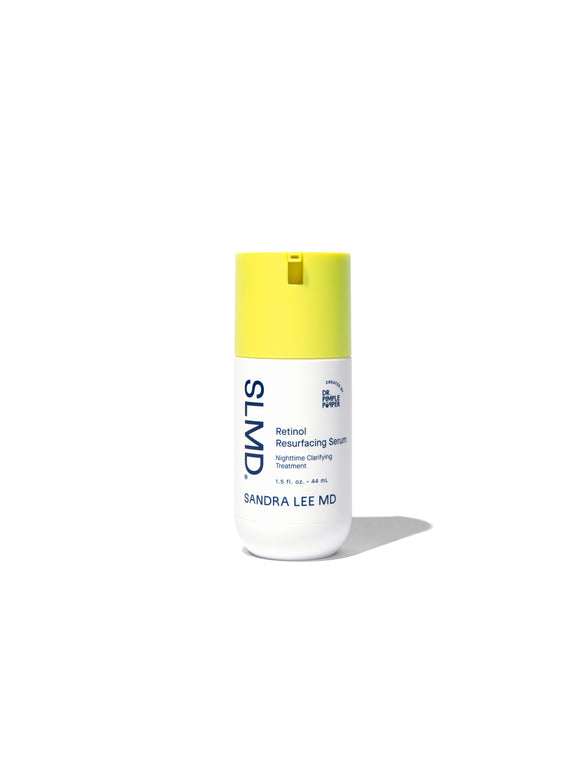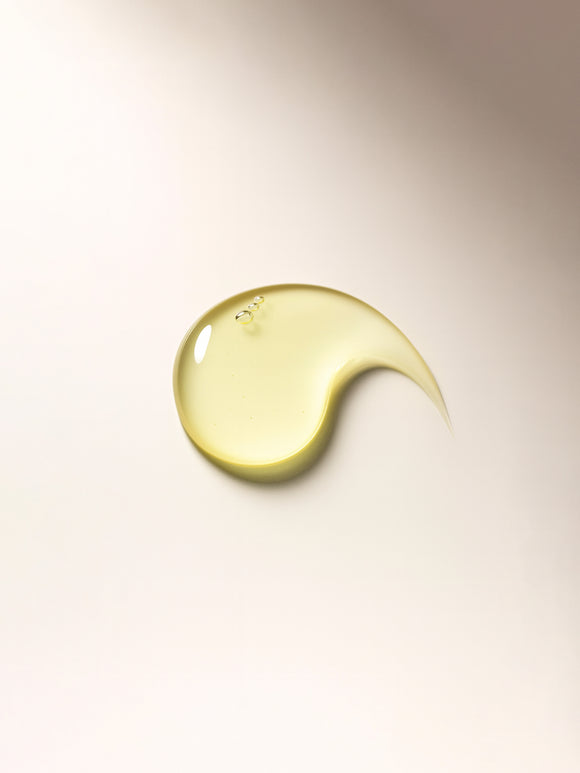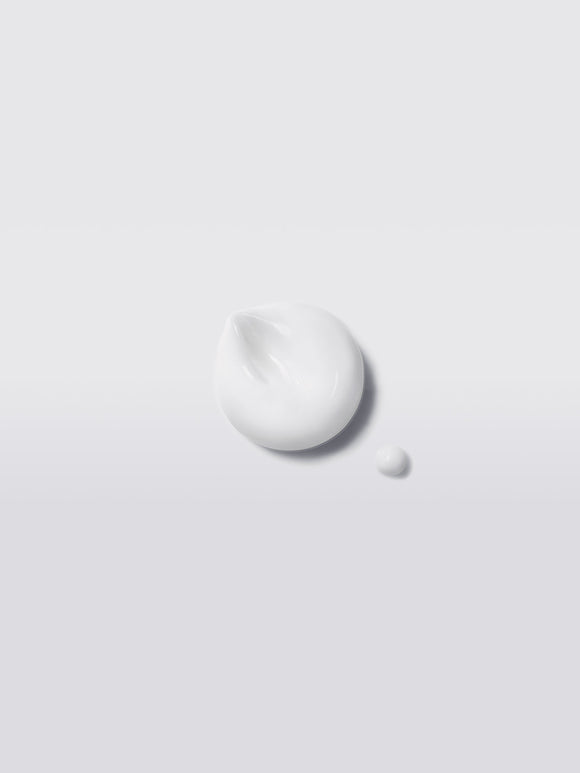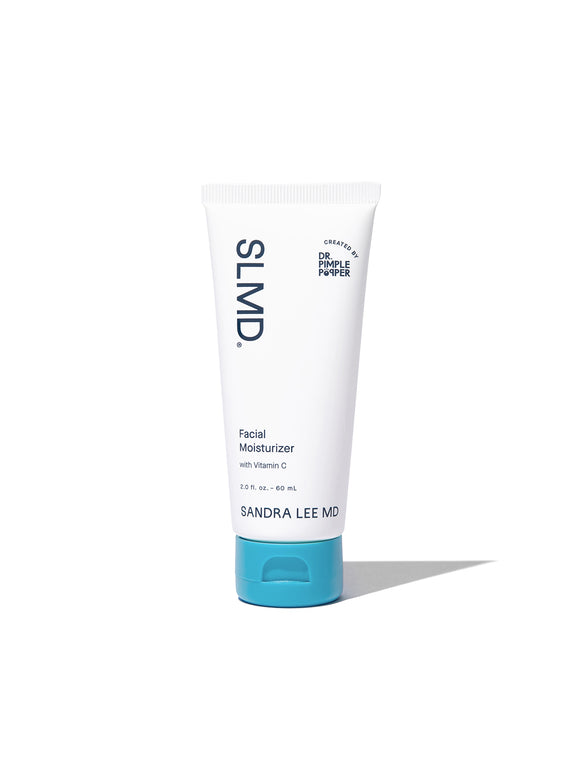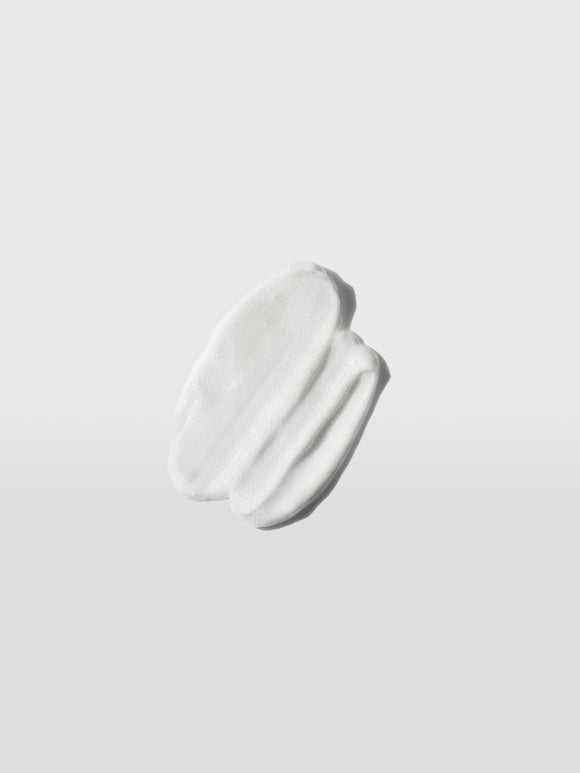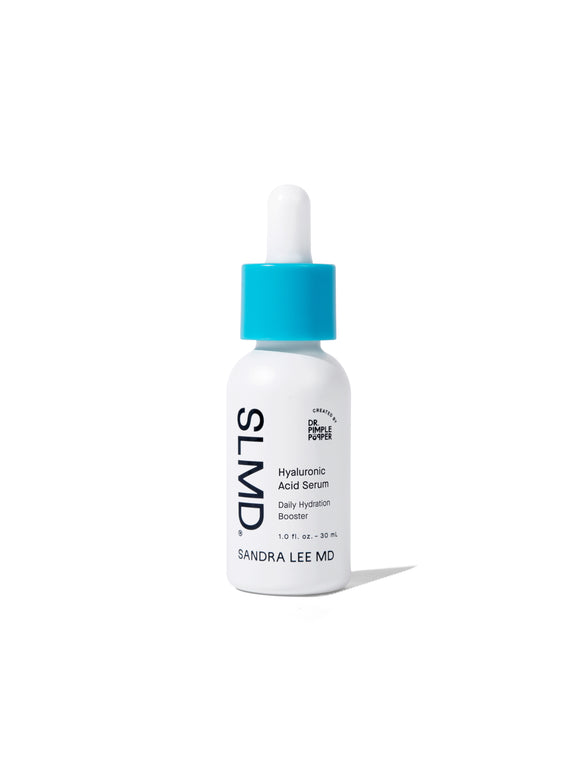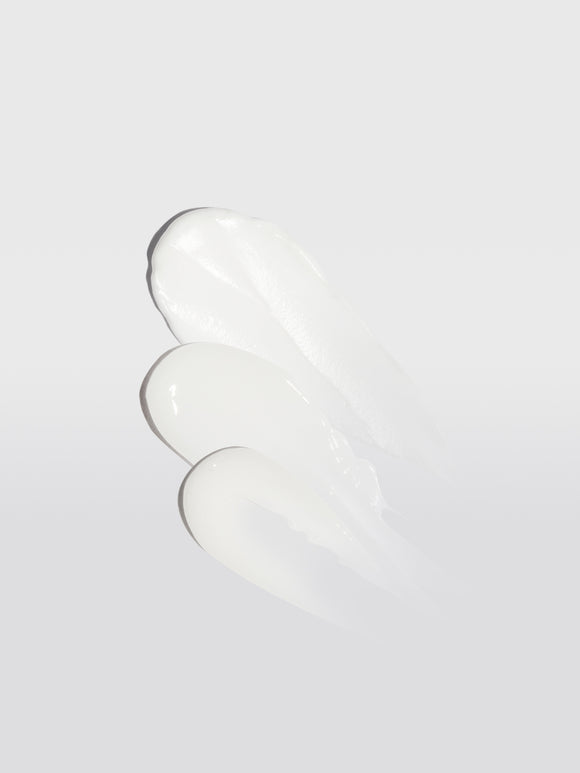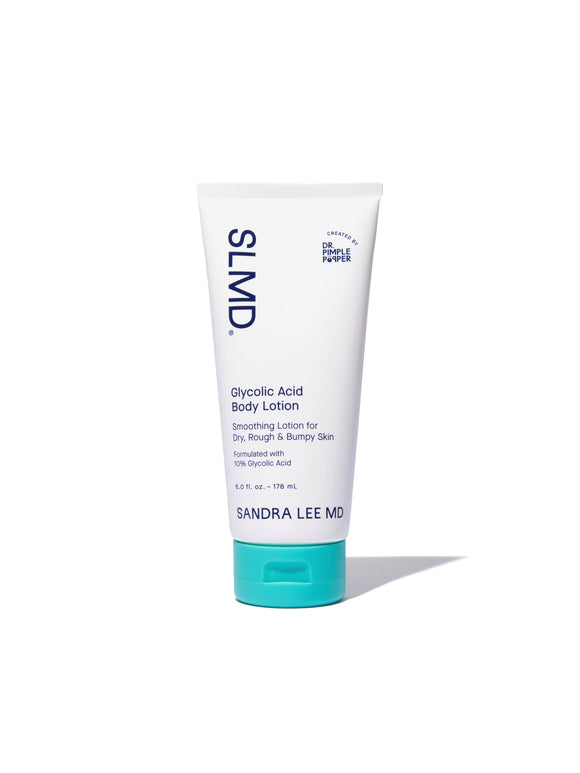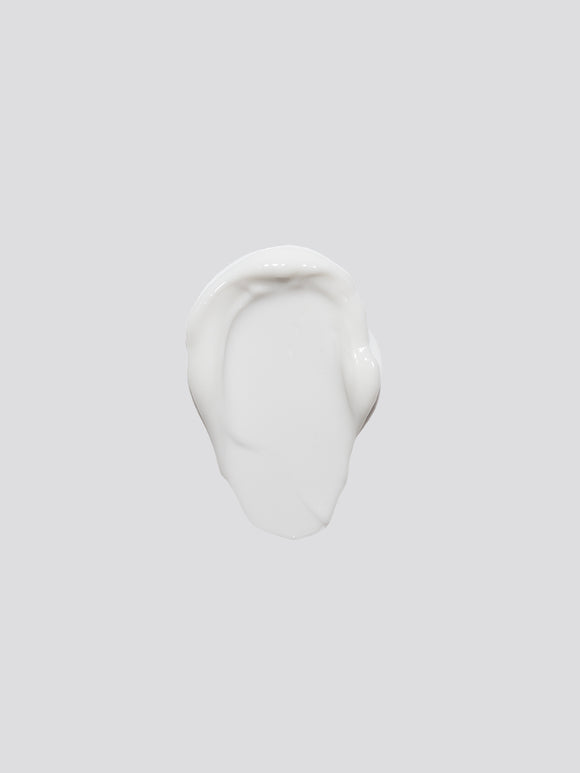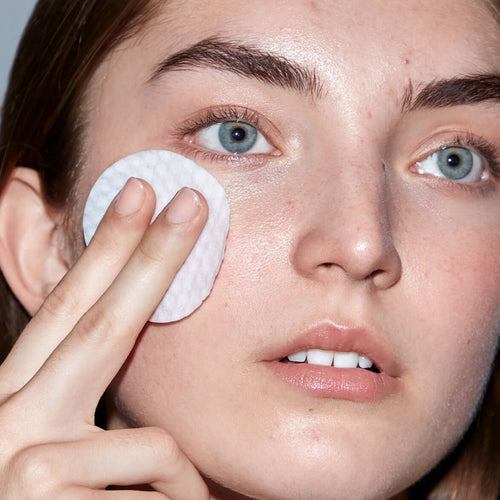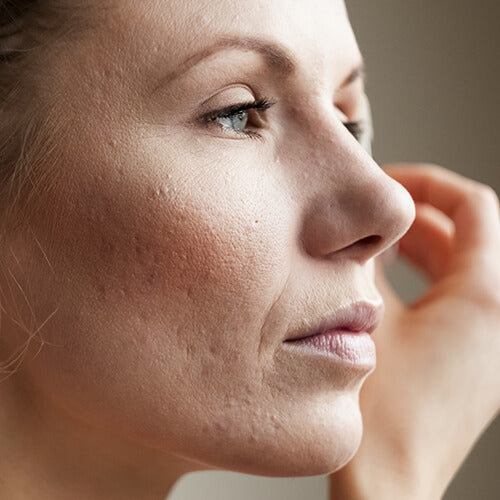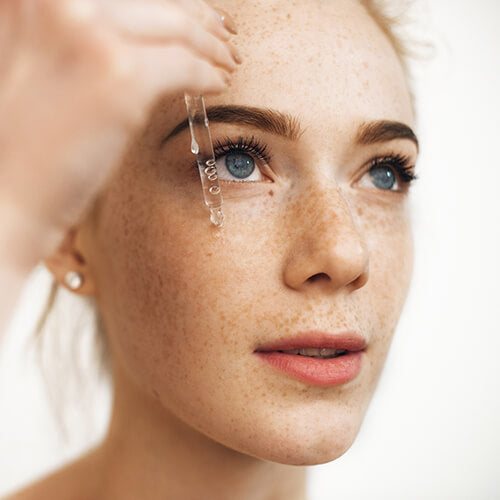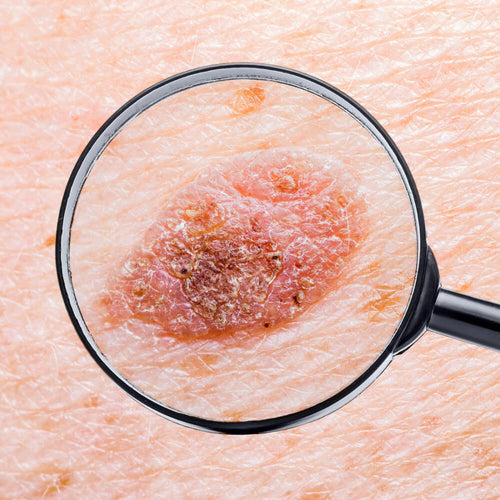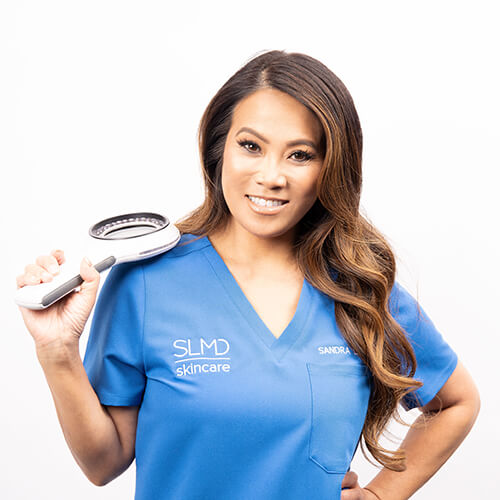
What is Tech Neck — And How Can I Treat the Wrinkles?
Besides being a real pain in the — well, neck— hunching over your device also causes wrinkles. Here's what to do.
Published:
6 minute read
In our increasingly digital world, spending hours on screens isn't just unavoidable — it's the norm. You've likely heard the warnings about blue light and sleep disruption, but there's a lesser-known consequence that targets your skin: tech neck.
The good news is that the wrinkling and sagging characteristic of tech neck is both preventable and treatable. Read on to hear advice on how to treat and prevent these tech neck wrinkles, from dermatologist and SLMD founder Sandra Lee, MD (aka Dr. Pimple Popper).
Fast Facts: Tech neck wrinkles & quick fixes
- Tech neck is the term for wrinkles and pain caused by constantly looking down at devices.
- The lines are typically horizontal, occurring on the thin, fragile skin of the neck.
- Prevention relies on changing your posture, specifically holding your screen at eye level.
- Treatment involves a combination of effective skincare and in-office procedures.
Article Quick Links
What is tech neck?
If you’ve ever found yourself hunched over a handheld device only to feel a stiff, temporary discomfort, you’ve experienced tech neck firsthand. It's the physical phenomenon that occurs when your head is perpetually tilted down toward a screen. This posture triggers several body responses:
- Strain on the neck and upper back muscles
- Poor posture leading to imbalances and pain
- Compression of structures in your neck
- Wrinkling and sagging of the neck skin
How can you tell if you have tech neck wrinkles?
While wrinkles and sagging are influenced by everything from natural aging and genetics to sun exposure, certain clues can help you identify if your digital habits are causing the damage:
- Location. Tech neck lines are usually easy to spot—they appear horizontally on the lower portion of the neck, running parallel to the collarbone.
- Pattern. You'll see distinct horizontal creases, unlike the fine lines of natural aging. These deepen when you look up or down.
- Age. While everyone’s skin ages differently, developing pronounced neck wrinkles while you’re still relatively young is a strong indicator of tech neck.
- Frequency. The more time you spend looking down at a screen over an extended period, the higher your likelihood of developing these wrinkles.
- Symptoms. Muscle tightness, neck discomfort, or shoulder stiffness are physical clues that poor posture may be contributing to your neck creases.
Dr. Pimple Popper's Tech Neck Regimen
How does tech neck cause wrinkles?
The creases from tech neck fall mainly into the category of dynamic wrinkles — the kind caused by motion over time. Dr. Lee explains that these horizontal lines are essentially mileage markers from constantly bending and folding your neck to look at your devices.
The repetitive movement and prolonged poor posture strain the underlying muscles and tissues, leading to permanent lines.
Crucially, the skin on our neck is uniquely vulnerable because it’s one of the thinnest types of skin on the body. This means it has fewer natural safeguards — like lubricating sebaceous glands and cushioning fat cells—to protect it from intrinsic (natural) and extrinsic (environmental) aging.
Over time, this dynamic strain can lead to the breakdown of collagen and elastin, eventually contributing to more permanent static wrinkles and sagging skin.
Dr. Pimple Popper’s tips to treat and prevent tech neck wrinkles
Dr. Lee often points out that most people neglect their neck. By simply including this vulnerable area in your daily skincare ritual and making small changes to your phone habits, you can make a huge difference.
1. Apply active ingredients
To actively combat fine lines and wrinkles on your neck, incorporate potent, science-backed ingredients:
- Retinol (The anti-aging gold standard): This anti-aging superstar supports cell turnover to minimize the appearance of fine lines and wrinkles. Use it at night to work with your skin’s natural circadian rhythm.
- Chemical exfoliants: AHAs and BHAs can help slough off dull, dead cells and reveal brighter skin. Glycolic and lactic acids also stimulate the skin’s natural hydration process.
- Hyaluronic acid: This humectant draws in and holds onto water, providing a crucial plumping effect that instantly reduces the signs of premature aging.
Try: SLMD Salicylic Acid Cleanser, AHA/BHA Swipes, Retinol Resurfacing Serum, Glycolic Acid Body Lotion
2. Double down on moisturizing
Because neck skin is thinner, it often requires more intense hydration than your face. Look for rich formulas that contain both humectants (to attract water, like hyaluronic acid) and emollients (to lock moisture in, like vitamin E and squalane).
Try: SLMD Hyaluronic Acid Moisturizer, Facial Moisturizer, Hyaluronic Acid Serum
3. Don’t forget the sunscreen
You already know to wear SPF on your face every day—now commit to covering your neck, too. UV exposure contributes to DNA damage and the breakdown of collagen and elastin. Protect your delicate neck skin without fail.
Try: SLMD Daily Moisturizer with SPF 15
4. Change your screen habits (the posture fix)
This is the most direct way to prevent new creases from forming. Try to hold your phone at eye level instead of looking down. When working on a laptop or monitor, adjust the screen height so the top third is at eye level. Taking frequent breaks and simply limiting your screen time will ease both physical strain and mental fatigue.
5. Exercise and stretch
Improving your core and back strength can help support better overall posture. Throughout the day, take short breaks to gently stretch your neck and upper back. Simple exercises like chin tucks, neck rotations, and shoulder shrugs are great for relieving tension and improving flexibility.
6. Advanced option: in-office treatment
If consistent skincare and posture adjustments aren't delivering the visible results you want, Dr. Lee confirms that in-office treatments can be effective for established lines. Hyaluronic acid fillers are ideal for directly plumping and smoothing the horizontal crease lines — the true "tech neck" wrinkles — by adding volume beneath the fold.
Always consult a board-certified dermatologist to determine the right advanced treatment plan for you.
Frequently asked questions about tech neck prevention & treatment
Q: Can tech neck wrinkles be reversed?
A: Tech neck creases are a form of dynamic wrinkles that are treatable and can be minimized with consistent action. Combining strict posture correction with powerful actives like retinol and daily sunscreen softens existing lines and prevents new ones. For established deep creases, in-office hyaluronic acid fillers provide the fastest, most visible improvement.
Q: What is the single most important thing I can do to prevent tech neck?
A: Correcting your posture is the most effective single measure you can take to prevent the formation of tech neck wrinkles. Always keep your phone or monitor adjusted to eye level. This simple change reduces the constant folding and strain on the skin that is the root cause of these horizontal lines.
Q: How quickly can I see results from treating tech neck?
A: The time it takes to see results when treating tech neck depends entirely on the depth of the existing creases and the chosen method. You may see immediate plumping from moisturizers with hyaluronic acid. However, treating deep creases with potent actives like retinol typically shows measurable improvement in line depth within three to six months. Prevention via posture and sunscreen is immediate and ongoing.
Q: Should I use my face cream or a special neck cream?
A: Generally, if your current face cream is rich and contains beneficial active ingredients, you can simply extend its application down to your neck to treat tech neck wrinkles. The skin on the neck is thin and often neglected, so be generous with the amount you use.

Dr. Lee's Last Word
Tech neck is a consequence of modern life, but you can control it. My best advice is simple: prioritize keeping your screen at eye level, because prevention is the best fix. And always extend your essential routine down to your neck, using gentle exfoliating, moisturizing, and especially sunscreen.



